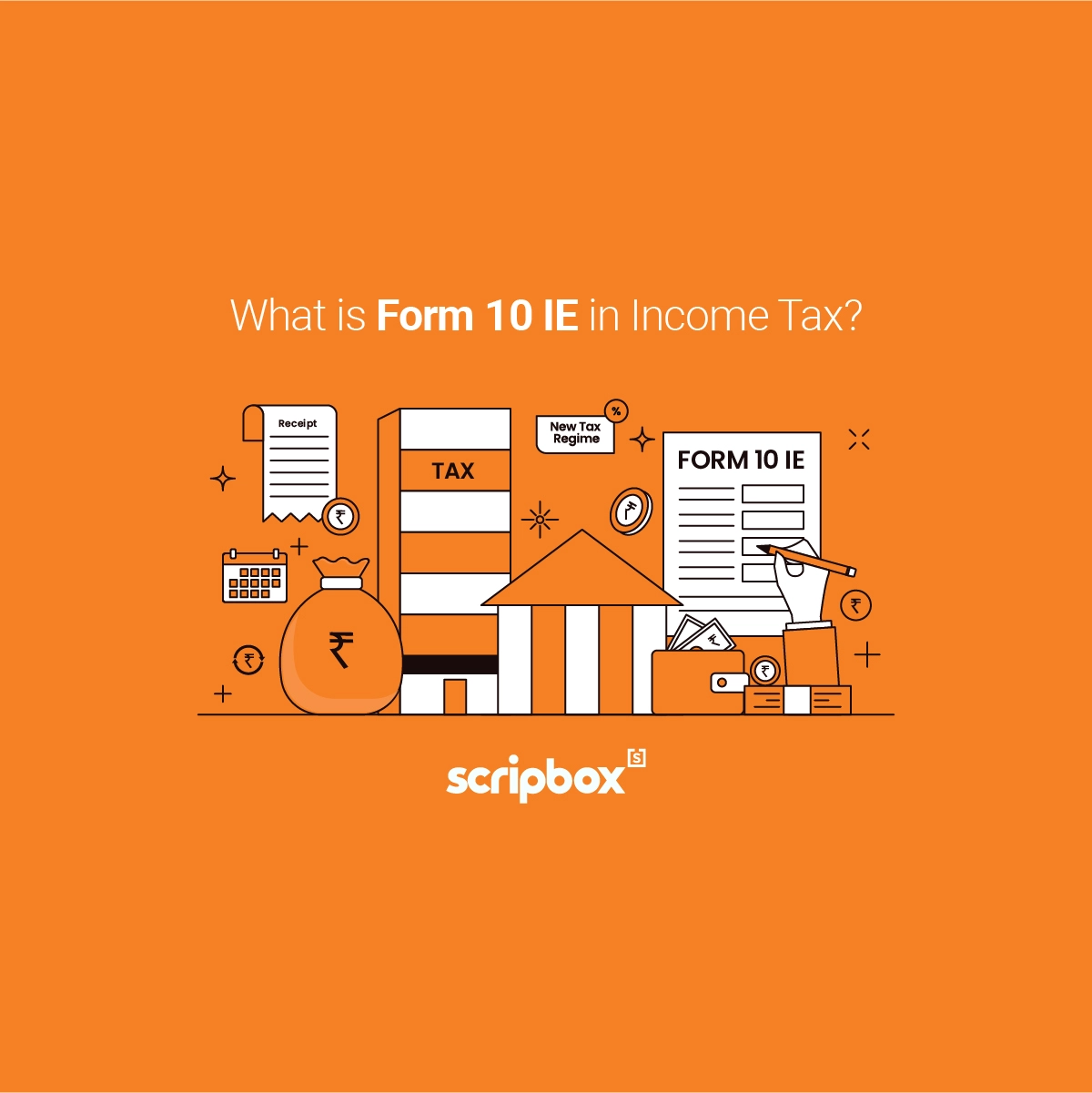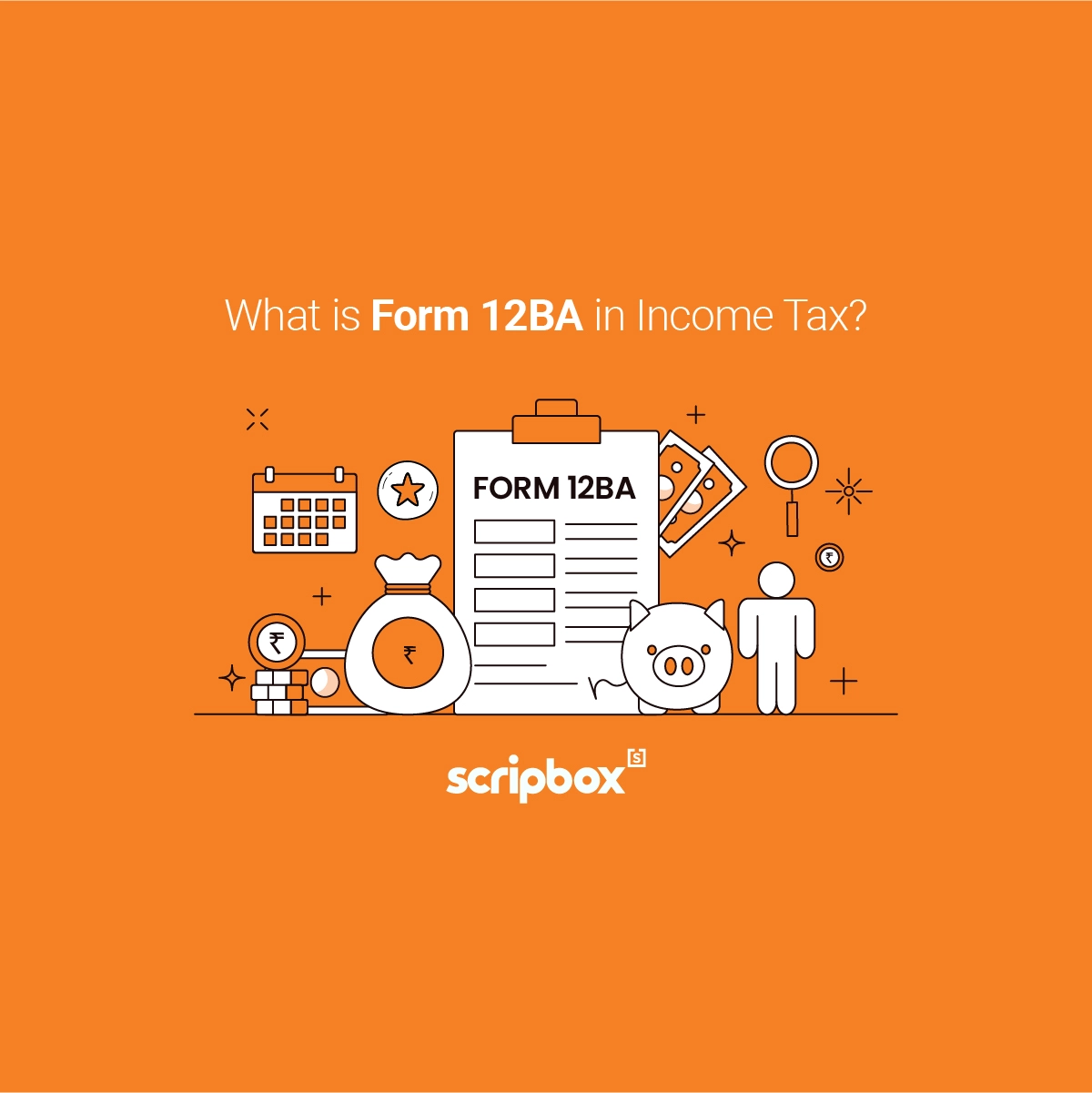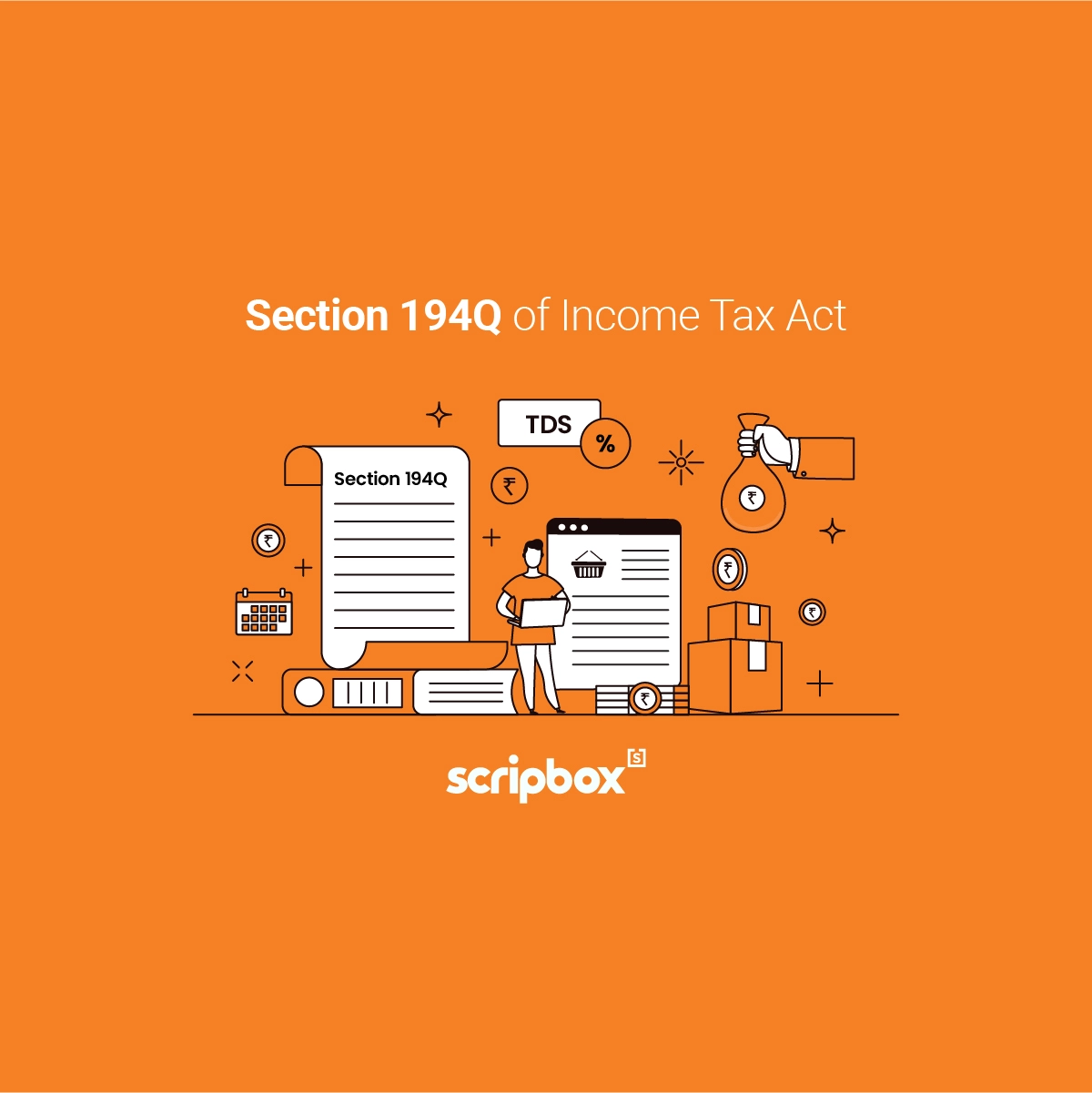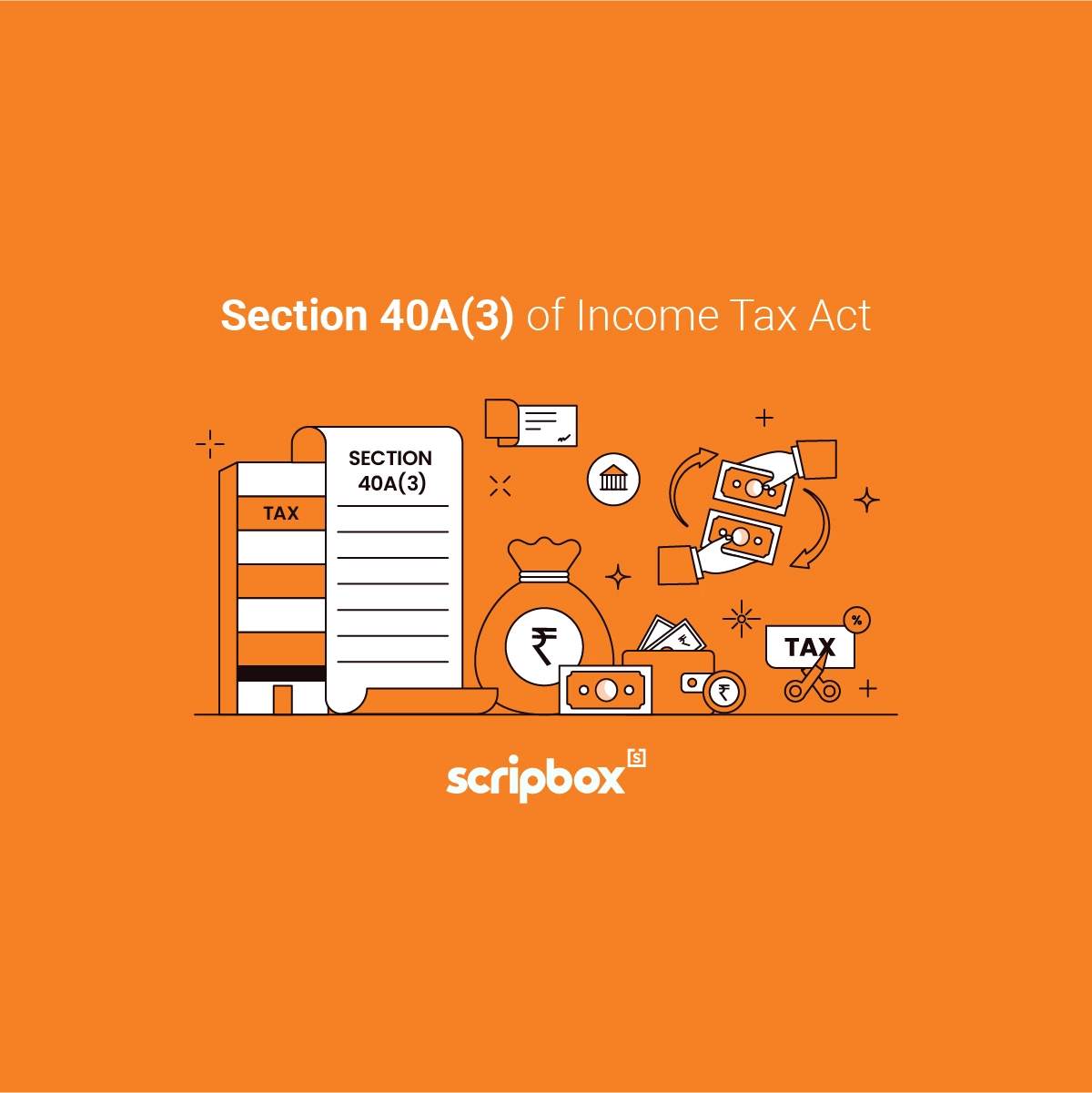What is Section 112A?
Section 112A provides for long term capital gains on the sale of listed equity shares, equity-oriented mutual funds, and the units of a business trust. The said section was introduced in Budget 2018 after the removal of exemption under section 10(38). It is applicable from the financial year 2018-19. It provides for taxation of long-term capital gains on listed securities at 10% for gains exceeding the threshold limit of Rs. 1 lakh. The income tax form contains the schedule for Section 112A of income tax act which requires the taxpayer to fill the scripwise details of securities sold during the year.
Scope of Section 112A
The following conditions apply for availing the benefit of the concessional rate under section 112A of Income Tax Act.
- In the case of an equity share of a company, the securities transaction tax(STT) has been paid on the acquisition and transfer of such assets.
- In the case of the units of an equity oriented fund or the units of a business trust, the STT has been paid at the time of sale of the asset.
- The securities should be long-term capital assets.
- Deduction under chapter VI A cannot be availed in respect of such long-term capital gain.
- Rebate under section 87A cannot be claimed in respect of tax payable on long-term capital gain under section 112A
Recommended Read: Section 43B
Long Term Capital Gain Under Section 112A of Income Tax Act
Section 112A of Income Tax Act is applicable to the capital gains arising from the transfer of long-term capital assets. The following are such assets:
- An equity share in a company
- Units of equity oriented fund
- Units of a business trust
In order to avail of the concessional rate under section 112A, the period of holding of the assets should be greater than one year. The tax payable on the total income is 10% exceeding Rs. 1,00,000. Education cess and surcharge would be applicable on the taxable gains.
Let us understand the above with the help of an example. Mr. Amit has a net long-term capital gain under section 112A of Rs 2,00,000. The tax of 10% under section 112A will be on Rs 1,00,000 (Rs 2,00,000 – Rs 1,00,000).
In the case of an individual or a Hindu undivided family, being a resident the taxation is quite different. If the total income as reduced by such long-term capital gains (LTCG) is below the basic exemption limit, then the long-term capital gains stand reduced by such shortfall amount. For example, the total income of Mr. Ajay for the year 2019-20 without the long-term capital gain under section 112A is Rs. 1,50,000 and the total long-term capital gain is Rs. 2,00,000.
In this case, the total income except the long-term capital gain is Rs. 1,50,000. Also, the LTCG tax free basic exemption limit is Rs. 2,50,000. Therefore, in this case, the long-term capital gain tax rate at 10% will be calculated on the balance of long-term capital gain. Hence, the calculation will be Rs. 1,00,000 (250000-150000)- for shortfall, which amounts to Rs 1,00,000. The unexhausted limit to be reduced from LTCG – 2,00,000-1,00,000 = 1,00,000, hence no tax.
Check Out Long Term Capital Gains Tax on Shares
Set-off Long-Term Capital Loss from Long Term Capital Gain
In a case where the net result for any assessment year is a loss, falling under any head of income other than capital gain, the assessee is entitled to have the amount set off against his income from any other source under the same head.
In the case of capital losses, a short term capital loss can be set-off from any capital gain. Hence, a short term capital loss can be set-off against a short term capital loss as well as long term capital loss. However, the long-term capital loss can be only set-off only against long-term capital gain.
The long-term capital gain arising from the transfer of the equity shares listed on a recognized stock exchange is now taxable at 10%. If there are any long-term capital losses from the sale of such equity shares, such losses shall now be allowed to be set-off from the other long-term capital gain.
Explore Old vs New Tax Regime
Grandfathering Provisions Under Section 112A of Income Tax Act
Till the financial year 2017-18, long-term capital gains arising on the sale of equity shares and equity-linked units of mutual funds stood exempted under section 10(38) of the income tax act. This had changed with the introduction of grandfathering clauses in budget 2018 which allowed the gains to be exempted till 31st January 2018. The cost of acquisition of such securities had to be calculated as per the specified formula.
In the case of securities bought before 1st February 2018, the cost of acquisition in such a case was calculated as below:
Step 1: Consider the lower of the fair market value and the sale consideration.
Step 2: Consider the higher value calculated as per step 1 and the purchase price
Illustration on grandfathering provisions under Section 112A of Income Tax Act
Mr. Ankit made a lump-sum investment in the shares of Kotak Mahindra Bank of Rs. 20 lakh in April 2009. The market value of the said investments as of 31st January 2018 was Rs. 50 lakh. Mr. Ankit decided to redeem his entire investment in June 2019 for Rs.53 lakh netting a gain of Rs. 33 lakh. However, due to the grandfathering clause, Udit’s taxable gain would be only Rs. 3 lakh. This can be calculated as below:
Step 1: Considering the lower of the fair market value and the sale consideration = 50 Lakh
Step 2: Considering the higher of the purchase price and the value as per step 1 = 50 Lakh
Hence the cost of acquisition in this case would be Rs. 50 lakh resulting in a net capital gain of Rs. 3 lakh.
The long-term capital gains tax under section 112A of 10 percent is only on the gains above Rs 1 lakh. In our example, the tax would be levied on Rs. 2 lakh at 10% and the resulting tax of Rs. 20,000 needs to be paid by Mr. Ankit.
You can explore our article on Section 54 of income tax act
Fair Market Value
a. The Fair Market Value (FMV) of listed securities is the highest price of the security quoted on the recognized stock exchange.
b. In case there was no trading in the security on 31 January 2018, the FMV is the highest price of the security quoted on a date immediately preceding 31 January 2018 when the security had traded on the recognized stock exchange.
c. In the case of unlisted units as of 31 January 2018, the net asset value of the units as of 31 January 2018.
d. In the case of equity share which was listed after 31 January 2018 or acquired under a merger or other transfer under section 47, the FMV will be: Purchase cost *Cost inflation index for FY 2017-18 / Cost inflation index of the year of the purchase or FY 2001-02.
Explore: Cost Inflation Index FY 2022-23
Reporting Under Schedule 112A of the ITR
The income tax returns for AY 2020-21 contain Schedule 112A to enable scrip-wise reporting of long-term capital gains. Schedule 112A requires data such as ISIN code, name of the scrip, number of units or shares sold, sale price, purchase cost, and FMV as of 31 January 2018.
Frequently Asked Questions
Section 112A came into effect from the financial year 2018-19, starting from April 1, 2018.
The tax rate under Section 112A is 10% for gains exceeding INR 1 lakh.
Yes, a non-resident Indian will have TDS deducted at 10% for long-term capital gains.
If the actual cost is lower than the Fair Market Value (FMV) on January 31, 2018, then the FMV will be considered the cost of acquisition. However, if the total value of consideration during transfer is lower than the FMV, the total value of consideration or the actual cost, whichever is higher, will be considered the cost of acquisition for the investment.
Yes. You can set off a long-term capital loss, but only against long-term capital gains. If you incur losses from certain securities and receive gains from others, you can offset those losses against your gains.
The FMV will be the highest price of such share or unit quoted on a recognized stock exchange on January 31, 2018. However, if there was no trading on January 31, 2018, FMV will be the price on the date immediately preceding January 31, 2018. In the case of an unlisted unit, the net asset value on January 31, 2018, will be considered the fair market value.
Popular Income Tax Sections
- What is Section 112A?
- Scope of Section 112A
- Long Term Capital Gain Under Section 112A of Income Tax Act
- Set-off Long-Term Capital Loss from Long Term Capital Gain
- Grandfathering Provisions Under Section 112A of Income Tax Act
- Fair Market Value
- Reporting Under Schedule 112A of the ITR
- Frequently Asked Questions


















Show comments